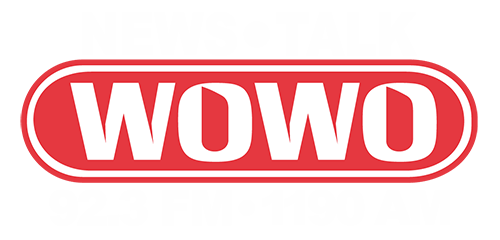Hay that is baled and stored at a moisture level higher than recommended could heat up enough to start a barn fire, a Purdue Extension forage specialist warns.
This season has been a problem because the number of days between rain has not been adequate, in many cases, to allow cut forage to dry to a safe moisture level when stored as hay, Keith Johnson said. Farmers that rushed to bale hay without using a preservative when moisture content was greater than 20 percent are at risk.
“A novice hay grower might think a fire would likely develop relatively quickly – in less than a week – but it actually could take a month,” Johnson said. “Growers should monitor the temperature of their stored hay and notify their local fire department of any potentially dangerous heat buildup.”
If hay is not given enough time to dry and is stored prematurely, heat-tolerant microorganisms develop within the bales in high numbers, raising the temperature. When the temperature gets to 150 degrees Fahrenheit, hay is entering the danger zone, and the stacked hay should be taken apart to allow more air movement to cool heated bales, Johnson said. Once the temperature reaches 200 degrees Fahrenheit, a fire is very likely.
Such barn fires happen every year, Johnson said, and it can happen to experienced hay producers as well as beginners.
Johnson offered this advice: To speed the drying, lay the cut forage in a wide swath with a mower-conditioner. Hay cut in a wide swath is exposed to more sunlight and dries faster. The conditioner crimps the stems of newly cut hay and allows moisture to escape at a faster rate.
Johnson explained that an alternative to storing forage as dry hay is to let the cut forage wilt to 50 percent moisture and let it ferment to silage. This is accomplished by using an individual bale wrapper or an in-line tuber that excludes air by wrapping the bales in white plastic. This substantially reduces drying time, but there is additional cost to package the forage crop.
Hay stored with too much moisture can cause other problems besides the risk of a barn fire, Johnson noted. Forage quality is reduced, livestock will eat less of the hay, and there can be risk of mycotoxins within the mold produced by microorganisms. Mycotoxins can cause an array of harmful health concerns in livestock.
Check Bales for Excessive Heat
